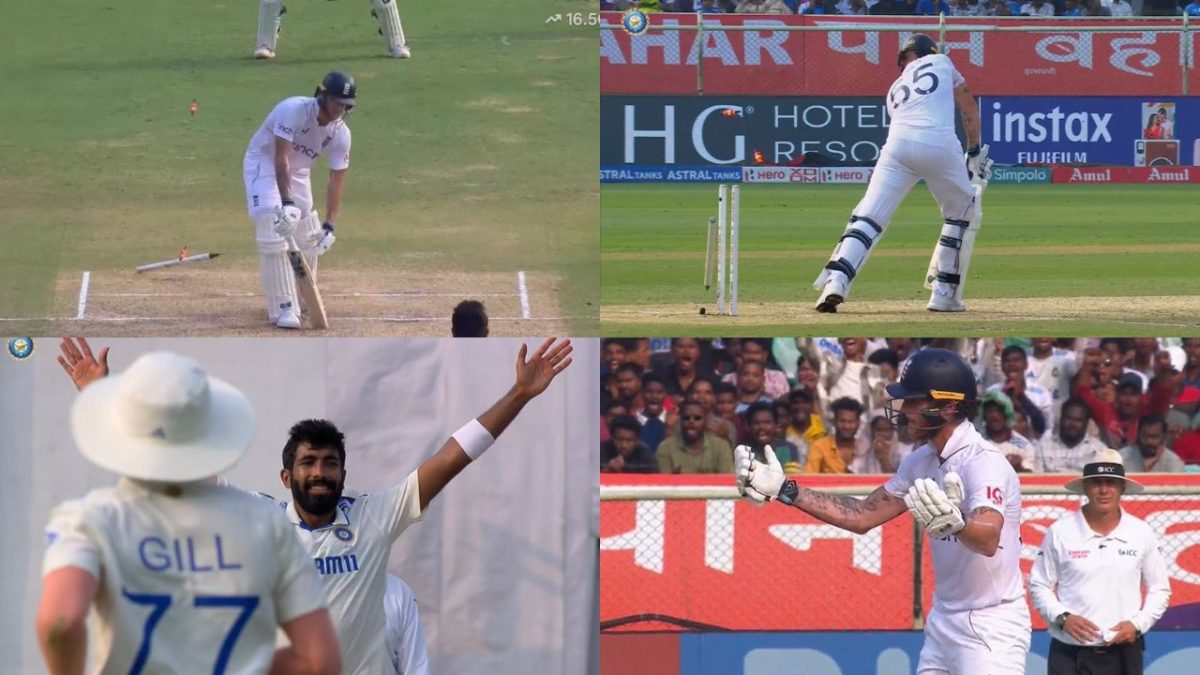The dust has settled on Visakhapatnam, and the echoes of Jasprit Bumrah's thunderous spell still reverberate. While statistics paint a picture of a six-wicket haul for 45 runs, the reality transcends mere numbers. On a placid Indian pitch, where spin maestro Ravichandran Ashwin found himself muted, Bumrah orchestrated a symphony of swing and seam, silencing the English batting order and scripting a healthy first innings lead for India. We will dig deeper, analyzing why this wasn't just another bowling performance, but a masterclass that cemented Bumrah's status as a true game-changer.
India, powered by Yashasvi Jaiswal's double hundred, had posted a dominant 396. England, despite early fireworks from Zak Crawley, needed a monumental fightback to avoid a significant deficit. The pitch, known for its batting-friendliness, was expected to favor spin, leaving some experts, like the ever-vocal Kevin Pietersen, cautiously optimistic about England's chances. After all, KP declared England "ahead" after Day 1, praising Jaiswal's knock but highlighting England's aggressive approach. But little did everyone know, Bumrah had a different script in mind.
 |
| Jasprit Bumrah sends Ollie Pope’s stumps flying with lethal yorker |
Unlike traditional Indian wickets that favor spinners, Visakhapatnam demanded something different. Bumrah, the magician of Indian pace factory, rose to the occasion. He exploited the slightest hint of moisture, generating prodigious movement off the pitch. The ball darted, dipped, and seamed in and away, leaving the English batsmen in disarray. Joe Root, known for his impeccable technique, was undone by a perfect setup, first with two out-swingers, followed by two in-swingers and then a straight ball without much movement that kissed the outside edge just to end up in Gill's palm in the cordon. Ollie Pope, the rising star with an 196 in the last match, was castled by a delivery that nipped back viciously. Jonny Bairstow, the aggressor, was squared up edging the ball again to Gill in the slips. And the way captain Stokes' off stump was knocked over by a ball that kept low, was well depicted by his submissive gesture towards the bowler. Each wicket was a mini-battle won, collectively forming a narrative that even the "KP Special" couldn't have predicted.

Bumrah's impact transcended the wickets column. His relentless pressure suffocated the English batsmen. The tight lines, testing deliveries, and unplayable spells created an aura of invincibility around him. Batsmen resorted to hesitant blocks and loose drives, further fueling the Indian juggernaut. This intangible pressure, often overlooked, is a hallmark of a true fast bowling great.
The absence of wickets for Ashwin, India's spin ace, further amplifies Bumrah's brilliance. On a pitch expected to favor spin, Bumrah single-handedly shouldered the responsibility, proving his adaptability and versatility. This isn't to diminish Ashwin's contribution, but rather to highlight Bumrah's ability to thrive in diverse conditions, a quality that separates the good from the great, the quality which also made him the 2nd fastest Asian pacer to take 150 wickets in test cricket in terms of number of matches, only bettered by Waqar Younis.
Bumrah's performance in Visakhapatnam was more than just a six-wicket haul. It was a masterclass in swing bowling, a display of exceptional skill and temperament, and a testament to his ability to adapt and conquer. It was a performance that not only placed India in a good position in the test match, but also proved that subcontinent pitches are not only about the spinners.
PS. Some of the content is written with the help of ChatGPT.
Noice article
ReplyDelete